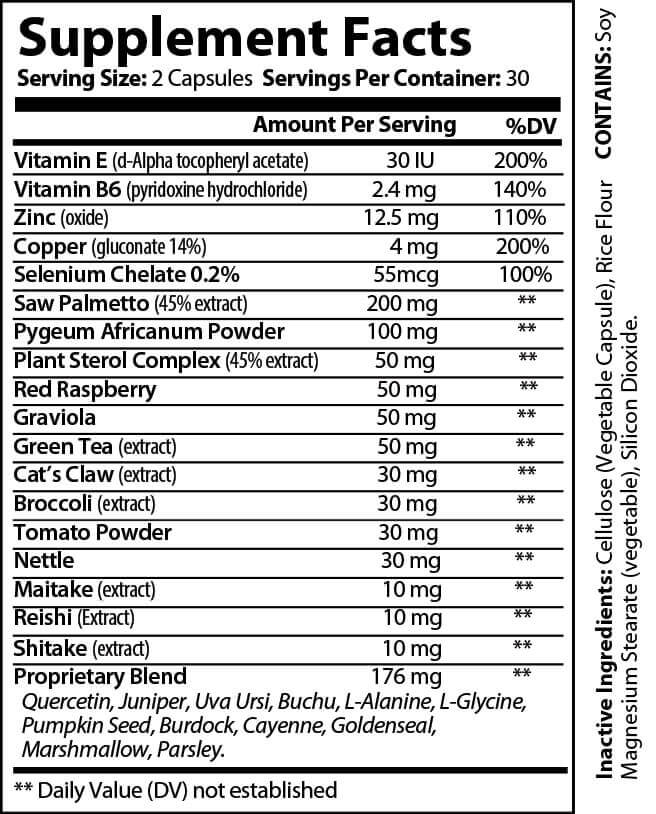Excellent product! Just order it, you won't regret it in the least.
I love the quality of this L glutamine. It comes really in handy when I’m in prep and I have to use large amounts and it also mixes very well with all my supplements.
This is the perfect creatine . I’ve been using it about every so often and every time I have, I have not gotten bloated or gained too much water retention. It digest well in my body and it works great.
I have yet to find a great quality protein until I was introduced to vertex labs. This is some of the best quality and best tasting protein I’ve ever had and I’ve been working out for over 20+ years. It mixes well and the taste is amazing. Amazing by far my favorite protein.
Using your superfood products for about 2-3 weeks. Notice more energy have cut down on coffee consumption.













